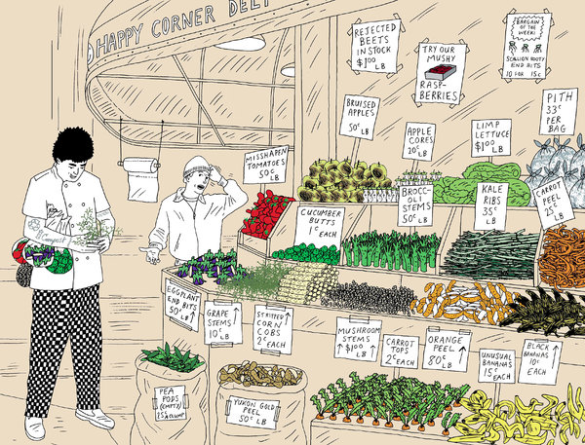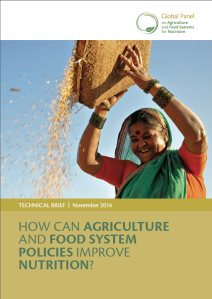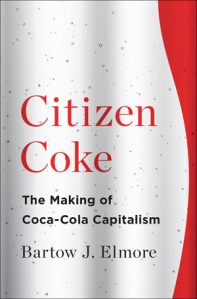When I saw that Real Food ASU was hosting a screening of the movie Food Chains this month, I immediately put it on my calendar. This movie played in Phoenix in January (I think?), but I was unable to make it, so I was thrilled to have a second chance.

The film tells the story of (mostly immigrant) farmworkers in the United States. It focuses on the Coalition of Immokalee Workers (CIW), a group of farmworkers in Florida who have successfully fought for higher pay and better working conditions on the farm. They started advocating for higher pay from farm owners, but quickly realized that the real problem lay further up the food chain – with retailers and dining establishments. Undeterred, the members of the CIW took on the industry and, amazingly, have won quite a few victories. Farms participating in the CIW’s Fair Food Program are monitored for humane working conditions and offer fair pay for labor. The CIW has also uncovered and fought against modern-day slavery.
Nonetheless, the laboring conditions of most of the people who grow and pick our food is appalling. One worker talks about how it’s so hot in the growing months in Florida that the workers would relish the time that the pesticides were sprayed on them, because it was the only cool breeze they experienced all day. There are often sexual assaults and labor violations, largely unreported because the many undocumented workers fear being fired or, worse, deported. The hours worked vs. pay received equation is grossly unbalanced. As an example, one widely-publicized CIW victory was that of “one penny per pound” more pay – an increase that DOUBLED wages for tomato pickers. Notably, the Publix supermarket chain in Florida has been unwilling to meet with CIW representation or take part in the Fair Food Campaign to increase farmworker pay.
The film focuses on both victories and defeats. More broadly, it sheds light on the working conditions on America’s farms. Agriculture is one of those industries where we are content to exploit undocumented immigrants because we can get away with low wages and horrible treatment, all while singing the rhetoric of immigration reform (and deporting most who dare to challenge this system which works so well for us). If you eat, you should see this film.


